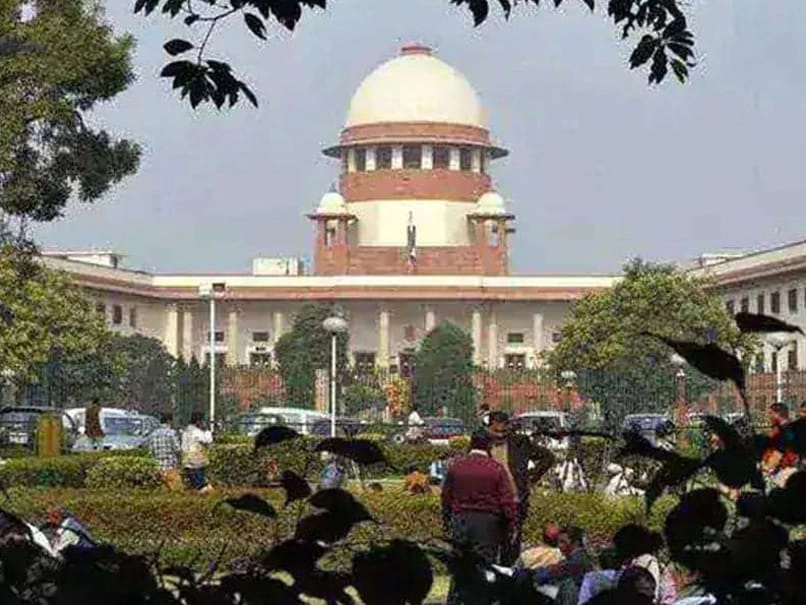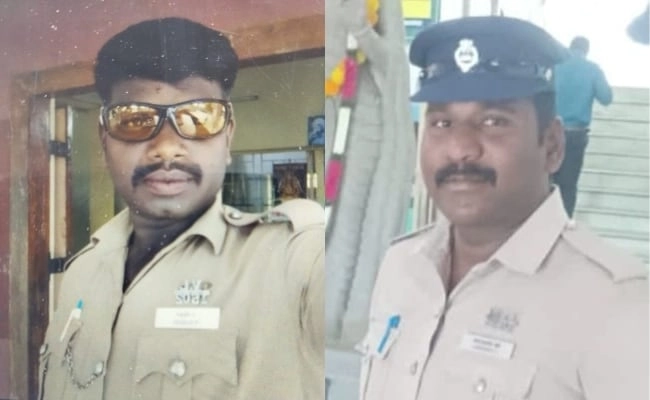In a significant ruling, the Supreme Court has directed the Indian government to take immediate action against illegal encroachments along highways. This decision underscores the urgent need for maintaining clear and safe roadways, which are essential for both transportation and public safety. The Court’s directive calls for the formation of specialized teams tasked with identifying and removing unauthorized structures that obstruct these vital arteries. Encroachments on highways not only pose hazards to motorists but also impede traffic flow, leading to increased congestion and accidents.
The Court’s emphasis on forming dedicated teams highlights the necessity of a systematic approach to tackling this persistent issue. These teams will be responsible for conducting thorough inspections and making recommendations for the removal of encroachments. By implementing a structured plan, the government aims to enhance the safety and efficiency of highway travel. This initiative is expected to involve collaboration between various government departments, thereby ensuring a comprehensive strategy is in place to manage and mitigate the risks associated with illegal structures.
Moreover, this ruling reflects the judiciary’s proactive stance on environmental and urban planning issues. Illegal encroachments often lead to environmental degradation and contribute to urban sprawl, which can have long-lasting repercussions on both local ecosystems and community development. The Supreme Court’s decision serves as a reminder of the importance of adhering to zoning laws and regulations designed to protect public spaces. By enforcing these laws, the government can promote sustainable development while safeguarding the interests of all citizens who rely on these roadways for their daily commutes.
As the implementation of this directive unfolds, it will be crucial for the government to engage with local communities and stakeholders. Public awareness campaigns can play a vital role in educating residents about the implications of encroachments and the importance of maintaining clear highways. Additionally, fostering a sense of shared responsibility can lead to more effective monitoring and reporting of illegal structures, further aiding the government’s efforts. Ultimately, this ruling by the Supreme Court not only aims to enhance road safety but also encourages a collective commitment to preserving the integrity of public infrastructure in India.




